
As a beginner sewist, getting started with sewing your own clothes can be really scary and overwhelming. I’ve definitely been there! So to help you to find the confidence to get started on your very first project, I’ve made a short list of 5 things I wish someone had told me when I first started sewing!
*This post contains affiliate links to products I love and recommend, so if you purchase through one of my links I get a small commission at no extra cost to you. This really helps support my site so I can continue to provide tutorials and tips to help you on your sewing journey.
I hope these 5 beginner sewing tips help you out! If you have any questions or comments, feel free to leave a comment on this post or send me an email!
1. Choose an easy pattern
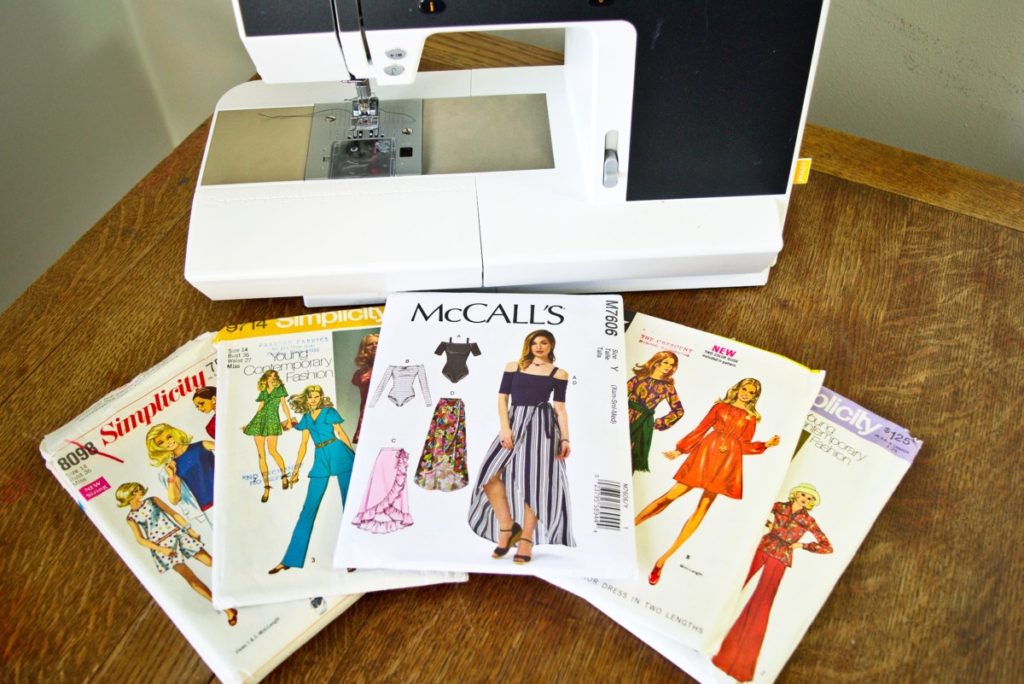
To kick things off here, my first tip is to start with an easy pattern! This is so important in building your sewing confidence! The key to choosing a good beginner pattern is finding something without many seams and with as many straight seams as possible. As a beginner, curves can be hard. I remember when I started out, sewing a straight line was hard enough but curves were practically impossible!
Another consideration could be the size of a project. I know there are definitely exceptions to this, but for the most part a smaller project will be easier for you as a beginner. A smaller project means less long stretches of sewing and less sewing over-all. A project with a quick pay-off can be a great confidence builder!
Here are some examples of patterns I think would be great for a beginner garment sewist!
2. Pick fabric wisely

To go along with choosing an easy pattern, it’s also important to consider the fabric you use. Going straight for that jersey knit or thin silk could be really detrimental to your confidence. These fabrics can be hard even for advanced sewists to work with!
My advice for choosing a good beginner fabric would be to stick with wovens that don’t have stretch. The stretch adds additional elements to keep in mind that could be really challenging for a beginner. If possible, I would also stick with a medium weight fabric because a very thick fabric can be hard to feed through your machine and thin fabrics tend to slide around and may require tension adjustments. Finally, I would advise staying away from silky fabrics, specialty fabrics (leather, faux fur, velvet, etc.), and sheer fabrics as these can be challenging.
Here are some beginner friendly fabrics I love!
3. But, choose a pattern/fabric that you love
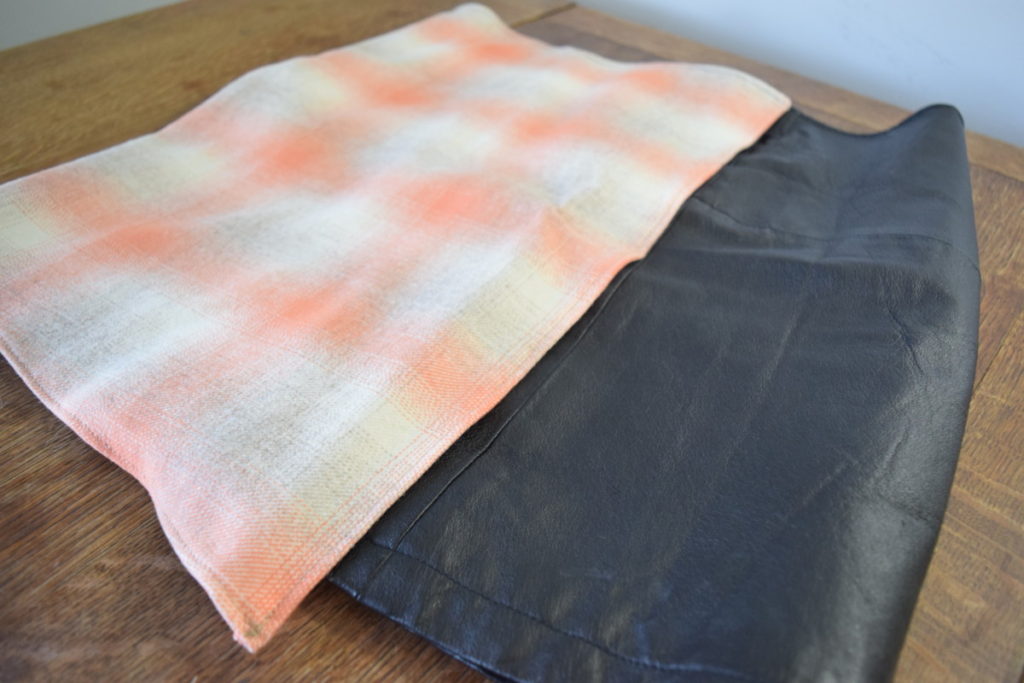
While choosing a beginner-friendly pattern and fabric can be a huge help in making sure your first project is a success, keep in mind that it’s no fun to make something you’re not excited about. So if you just can’t find an easy pattern that you love, feel free to choose one that might be a bit more challenging. The same goes for fabrics; if you just so want a velvet dress, grab some velvet!
There’s nothing like doing projects you don’t want to do to ruin the fun and rob you of your excitement for sewing. Even if something might be a little more challenging for you, it’s worth choosing something that makes you excited! And sometimes a challenge is what we need to improve!
4. Find information if you’re unsure
Once you have your pattern, fabric, and sewing supplies you can get started sewing! But you’ll likely come across *lots* of things in the pattern that you may not understand. And that’s OK! This was so true for me starting out sewing, but thankfully I had my mom to help me out. I remember many a time running upstairs to get her to explain pattern instructions and techniques for me.
But even if you don’t have a wonderful sewing mom to help you out, you can still succeed! There is so much sewing information available both online and in print! You can find so many free tutorials and YouTube videos online on pretty much any sewing technique you could come across. There’s even lot’s of tutorials out there on how to get started with reading and understanding sewing patterns. And if you’re not into online information or you just want a physical book to flip through, there’s tons of great sewing books available that are just stuffed with great info!
Here are some of my favorite online resources:
- The Colette Blog: lots of sewing tutorials on pretty much anything you’d ever need to know
- Bluprint: they have tutorials on tons of topics as well as a shop where you can buy sewing supplies
- AllFreeSewing: compiles tutorials from across the web on techniques and projects
- And there’s tons more online! Just google whatever you want to know and it’ll probably come up!
And some books you might enjoy:
- First Time Sewing: The Absolute Beginner’s Guide
- Sew Me! Sewing Basics: Simple Techniques and Projects for First Time Sewers
- New Complete Guide to Sewing: Step-by-Step Techniques for Making Clothes and Home Accessories
5. Don’t get discouraged if it doesn’t turn out
This one is literally so important! But so hard! I know it’s tempting to throw in the towel if your first couple projects just don’t turn out like you imagined, but I would really encourage you to keep at it. As with most things, your sewing will improve so much the more you practice, and it will probably take a few tries for you to start getting the results you want.
So if that first project just isn’t wearable, just tell yourself it was great practice and move on to the next project. You might even be able to revive the project later on down the road once your sewing skills have improved!
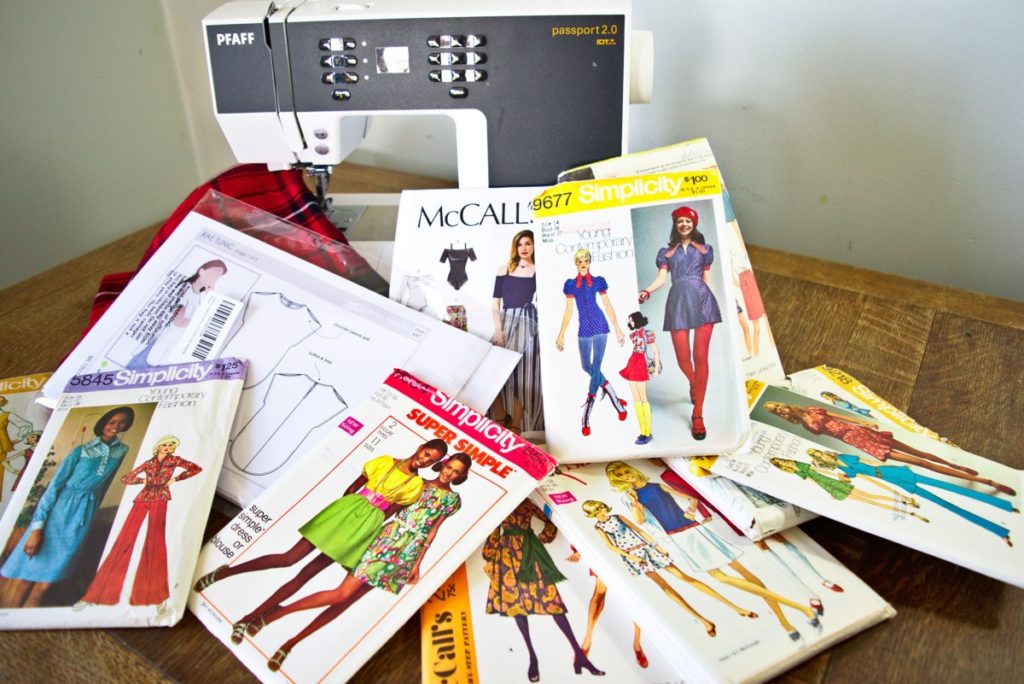
I hope you got some useful information out of these beginner sewing tips that inspires you to get started with your first garment sewing project! If you want to get in touch or have any questions, you can send me an email through the “contact” page.
If you want more tips like these, I would love for you to subscribe to my email newsletter.
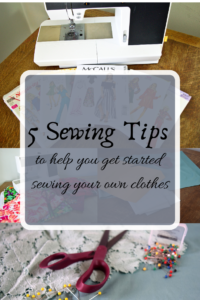


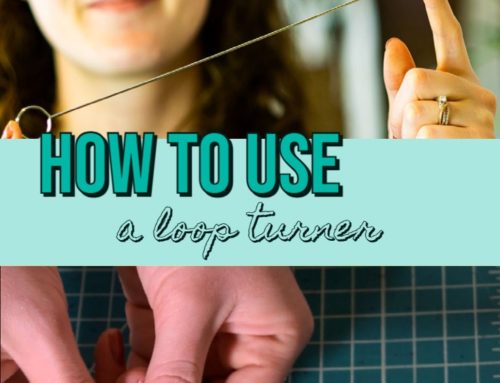
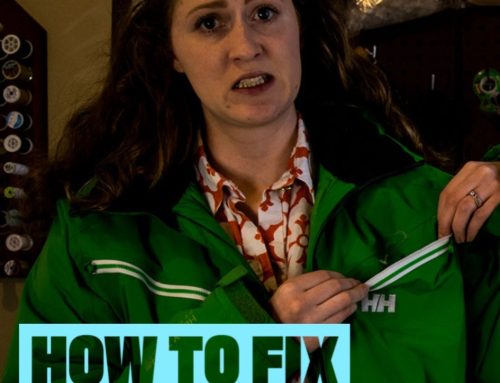
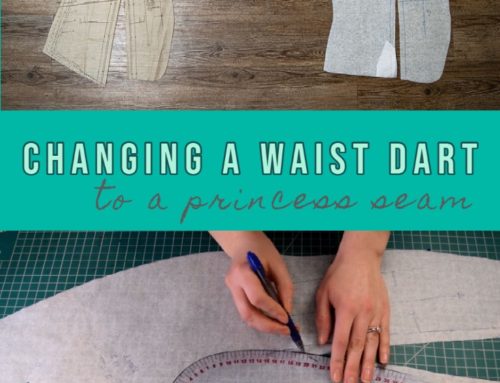
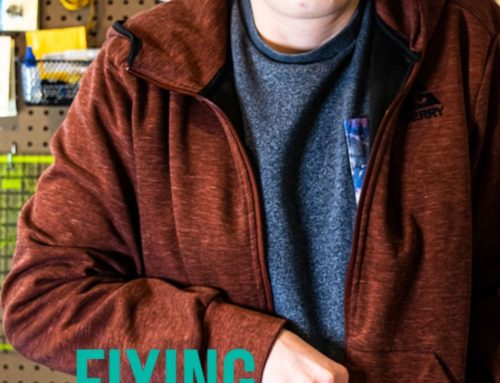

Thank you for your advice about the kind of pattern you should choose when you start out. My daughter and I want to learn how to sew clothes and we’re a little overwhelmed by the amount of patterns out there. We’ll be sure to keep your advice in mind while we are learning before we start using more difficult patterns.
A round of applause for your blog.Really thank you! Awesome.